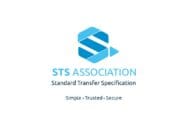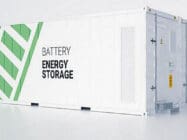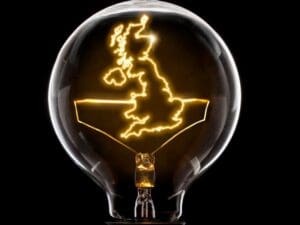
Kaluza heads ‘down under’ with a new team, training for the energy transition in Scotland and whether hydrogen trains are before their time are on this week’s technology radar.
Kaluza heads ‘down under’
UK headquartered energy software company Kaluza is planning to expand its activities in Australia and New Zealand with an office in Melbourne led up by former London-based client solutions director, Conor Maher-McWilliams.
Over the next 12 months, Kaluza intends to build a local team of experts to support activity in the region.
The team will work closely with Kaluza customer AGL Energy, one of Australia’s largest energy retailers and generators, on the ‘OVO Energy Australia’ joint venture to accelerate the adoption of clean energy solutions across the country and develop new EV and solar propositions for AGL’s customers.
Have you read?
Energy suppliers unsure of digital skills needed for net zero – survey
Energy Transitions Podcast: How to build a viable green hydrogen economy
Kaluza is also expanding its managed charging programme to New Zealand with Meridian Energy. Through this new service, Kaluza will manage the charging of Meridian Energy’s customers’ EVs in response to their needs as well as market signals and pricing data.
Scott Neuman, CEO of Kaluza, described the development as “an important milestone” for the company’s global expansion, which so far has extended to Europe, North America and Japan.
Training for the energy transition
Britain’s Heriot-Watt University, known for its technical training, is launching a new Master of Science degree programme to provide advanced training in the energy transition.
The programme, run from the University’s Orkney campus, is taught both in person and online, with a focus on the technologies, systems, processes and economics, alongside the design of transition projects to move away from fossil fuels and accelerate the integration of renewable energy.
The MSc in Renewable and Sustainable Energy Transition, to give its full title, has been developed by the mechanical and energy systems engineer Susan Krumdieck and is built around the rapidly growing discipline of ‘transition engineering’, an interdisciplinary approach to change for unsustainable systems across power, transport, industry, real estate and other sectors, according to a statement.
Krumdieck, who hails originally from New Zealand, is Chair of Energy Transition Engineering at Heriot-Watt and her research group has led the development of ‘transition engineering’ as a discipline since the early 2000s.
“If the world is to decarbonise and reach net zero emissions by 2050, whole systems will have to be redesigned and redeveloped, including energy infrastructure, technology, regulation and markets,” she commented.
“A new generation of transition engineering specialists is needed to drive this change – and our MSc ReSET is firmly focused on helping students and professionals develop these vital skills – so they can help to reset global energy systems.”
The MSc programme has four themes: Transition Engineering, Economics and Commercialisation, Renewable Energy Technology and Energy Systems.
Hydrogen trains – before their time?
Germany has been a pioneer with hydrogen-powered trains over the past five years and the rail operator Landesnahverkehrsgesellschaft Niedersachsen (LNVG) was the first, a year ago, to launch a network of such trains using Alstom’s Coradia iLint rolling stock.
But now the company has decided that its future – at least for the next generation – is with battery-powered trains, citing their cheaper operating costs.
LNVG is now planning to obtain 102 new units with battery-powered technology, which will progressively replace its diesel rolling stock from 2029 onwards until the last diesel is withdrawn in 2037.
Hydrogen has been billed as the option for emission-free trains on lines that have not been electrified. However, an advantage of the battery-powered trains is that they can run on both electrified lines, drawing on the power and recharging batteries via the pantograph, and non-electrified lines using the battery power with charging from purpose-built charging islands.
LNVG has not specified what the cost differences are or where they arise. But like hydrogen for road transport, undoubtedly the ‘chicken and egg’ of infrastructure availability vs demand is likely to be a factor.
With hydrogen-powered trains under test in other locations such as Canada, their potential is very much a space to watch.








